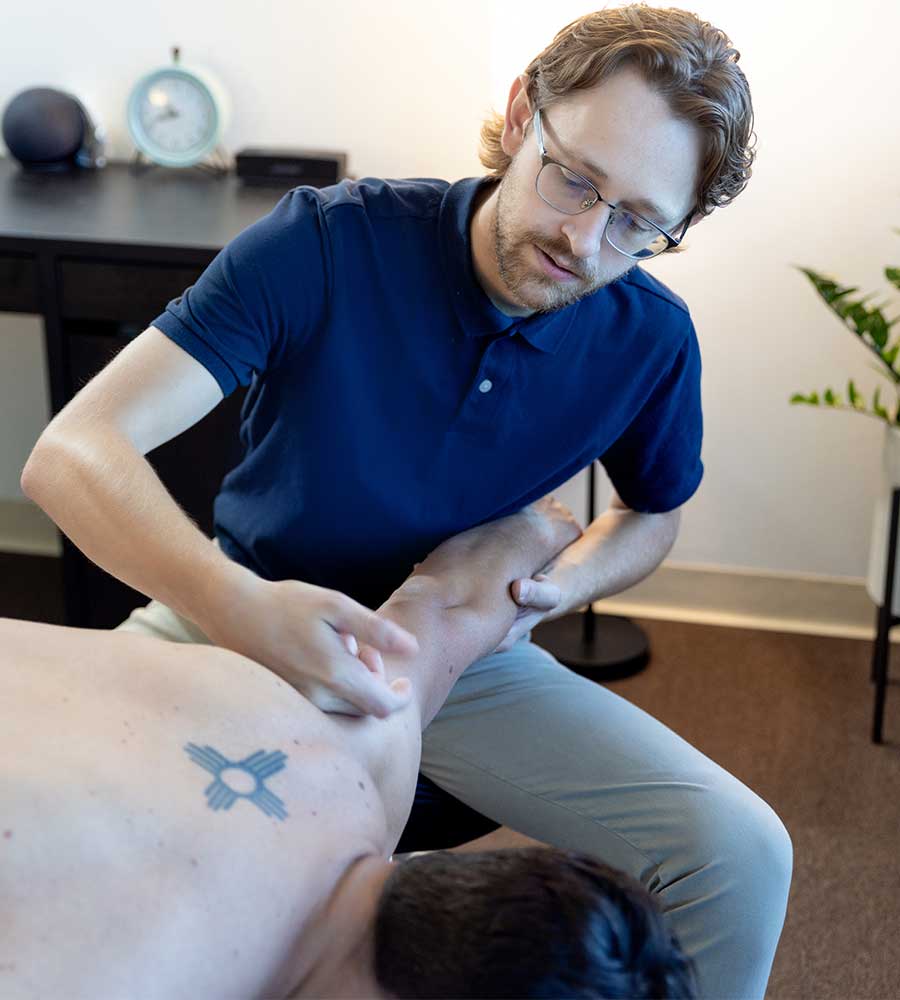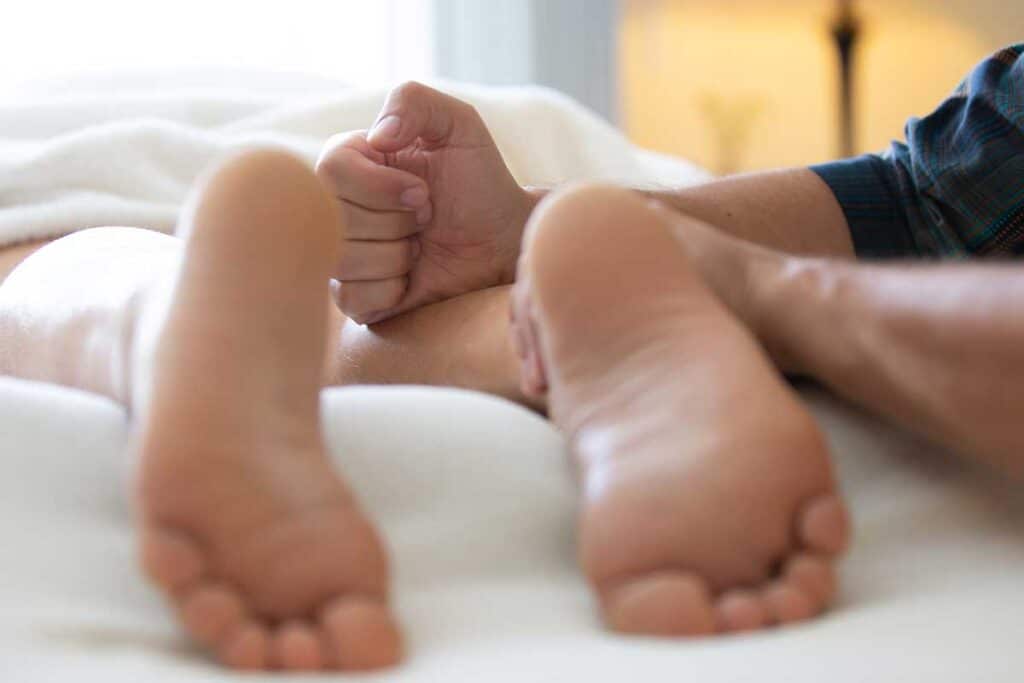Tui Na Massage

What is Tui Na Massage?
Tui Na Massage is a massage style originating from China that differentiates itself from other modalities in the specific application of the massage techniques. Generally speaking, Tui Na practitioners do not use oil or lotion on the whole body or even massage the whole body. Instead, they apply pressure with their fingers, hands, elbows, or even tools like cups or rollers to specific meridian points on the body. These points are the same points used in acupuncture. By applying pressure to these points, the practitioner promotes the circulation of vital energy (Qi), leading to a state of equilibrium and balance in the body’s functions.
Tui Na Massage often works deep in the muscles and cartilage of the body, employing precise techniques that concentrate on particular muscles and body regions. Studies have indicated that Tui Na massage techniques has been shown to improve conditions such as chronic pain, muscle tension, and joint mobility. Tui Na Massage offers both physical and mental benefits, including stress reduction and relaxation for overall wellness.
Tui Na Massage is commonly used alongside other traditional Chinese medicine treatments like acupuncture and herbal medicine. Tui Na practitioners often receive training in multiple modalities, enabling them to customize treatments based on individual patient requirements. Unlock the power of Tui Na Massage to ease your pain, soothe your mind, and indulge in pure relaxation. This ancient technique will help you on your path to whole body health.
Why Tui Na Massage Therapy
Tui Na has a long history dating back thousands of years, with its development documented in ancient texts and teachings. It is currently utilized as a standard treatment in hospitals and clinics throughout China, together with traditional Chinese medicine therapies including acupuncture, cupping and herbal medicine.
Tui Na massage therapy is gaining recognition due to its unique approach, which focuses on addressing specific problem areas and energy blockages, while also promoting overall balance between mental and physical wellbeing.
Tui Na massage is believed to offer therapeutic benefits for a range of conditions, such as chronic pain, stress, and respiratory issues. It has the potential to alleviate discomfort and promote revitalization, from joint pain management, tight muscles from stress, or just to enhance relaxation. Tui Na has been found to offer mental and emotional benefits in addition to physical healing. By promoting balance and harmony in the body, it can help to alleviate stress and anxiety.

History of Tui Na Massage
With origins dating back to 2700 BC, Tui Na massage is one of the oldest and most deeply rooted forms of bodywork still in practice today. The term “Mosuo” was mostly used to describe this form of massage in ancient times, while the modern term of “Tui Na” first came out during the Ming Dynasty in China. Roughly translating to “pushing and grasping”, Tui Na massage relies on various hand, wrist and elbow techniques to positively affect an array of presentations ranging from musculoskeletal (MSK) conditions to digestive upset to headaches.
Many of the ancient texts that first described the early techniques of Tui Na were lost in wars. The two most important early texts first preserved were found on inscriptions on bones and tortoise shells from the Yin-Shang Dynasty and also from medical books from the tombs of the Han Dynasty in Mawangdui, Changsha. These texts describe a time period where prayer and sacrifice were mainly used to “cure illnesses”. Tui Na was the only real form of medicine that was widely used at the time and records show that the people of that age were very skillful in using various external ointments and Tui Na massage to treat diseases.
Ever since the founding of the People’s Republic of China, this medicine has entered a new development age with modern research studies, the consolidation of ancient texts, fresh imaging capabilities (x-ray, MRI’s, etc…), and professional worldwide teaching practices. The gate control theory in neurophysiology has been employed to successfully explain the analgesic (pain-reducing) effect of Tui Na. It helped conclude that Tui Na creates distinct changes in the circulating speed of blood and lymph vascular fluid, which aids in lowering blood pressure, eliminating swelling, and reducing blood stagnation in the body.
Today, Tui Na helps to prevent and treat disease by means of applying these therapeutic massage/manipulations to the parts of the body to regulate the physiological and pathological conditions. Its primary principles include:

For all ages
Zach Young is our most skilled Tui Na practitioner and has experience working with everyone from adults to small children with Tui Na. Tui Na massage is a massage technique that incorporates traditional Chinese medicine practices to target various health ailments, from chronic pain and musculoskeletal problems to alieving symptoms of infantile fever and ADHD in children. This gentle massage technique can easily be adapted in its strength to treat a patient of any age. The use of specialized techniques and herbal medicines in this form of massage therapy makes it a viable alternative to Western methods.
Please reach out to us via phone or email if you have any additional questions about Tui Na or wish to book a treatment at our offices.
